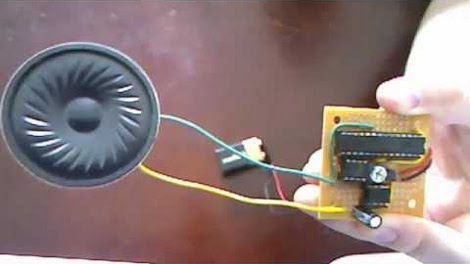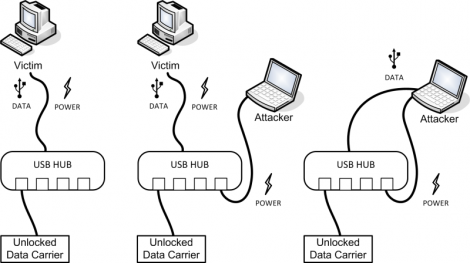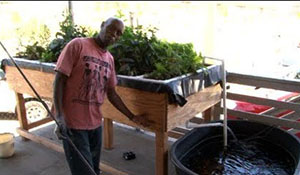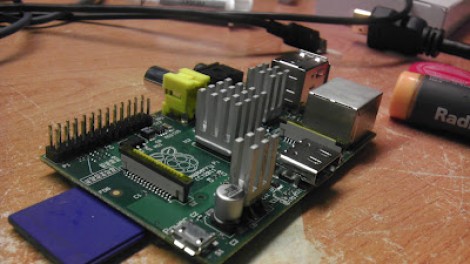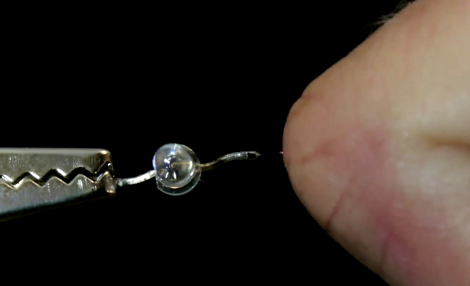
Want to shoot lighting bolts from your hands to punish your enemies? You can (almost) do just that with this static electricity generator hack. Above you can see the charge jumping off of this guy’s knuckle and surging through the LED. But that’s not the only trick you can pull off when wearing just a bit of hardware around your ankle. The video after the break shows sand grains jumping around as a charged hand is waved over them.
The trick is done by powering a negative ion generator from a 9V battery. This can’t be done directly, since the ion generator is looking for an AC power source. But conversion is as easy as scrapping an inverter which is designed to plug into a car cigarette lighter. Everything is shoehorned into a glasses case, which can then be strapped on to your ankle. Why this fascination with the ankle area? One part of the answer is that this provides an easy way to interface the ion generator output with your skin. The other part of the answer is that you need to make sure the system is grounded (but you’re not) and the build includes a ring that goes around your shoe to achieve this.
Check out the demo and full build instructions in the video after the break.
Continue reading “Ankle Bracelet Lets You Become Emperor Palpatine”



